Out Now
The Infrastructure Issue
Current Issue
The Infrastructure Issue
JUN - JUL 2025

Well, these things influence the weather worldwide. El Niño Southern Oscillation (ENSO) is pretty much responsible for what happens weather-wise. By keeping an eye on ENSO, we can figure out if we’re in for floods, droughts, or other extreme weather, and get ready for whatever Mother Nature throws at us.
ENSO is a natural weather pattern in the tropical Pacific Ocean. It’s got three modes: neutral, El Niño, and La Niña. They all bring different weather to the eastern, northern, and central parts of the country. It usually takes about four years for ENSO to swing from El Niño to La Niña and back again.
In the neutral phase, those trade winds blow east to west in the Pacific, warming up the western side while cooling the eastern side near South America. It’s like a giant weather seesaw. We get this about half the time, and it’s when we see what we’d call ‘normal’ weather, but floods and droughts can still pop up.
La Niña is a weather pattern that kicks in when those trade winds get super strong. Our waters warm up even more, and South America’s waters get cooler. This setup sticks around for at least a year.
With the warmer water, we get more clouds, more evaporation, and more rain. That means cooler days and a higher chance of flooding.
El Niño is kind of like La Niña’s non-identical twin. During El Niño, those trade winds weaken or flip, so the warm waters head back to South America. It messes with our temperature patterns, making our side warmer, pushing the rain and clouds away.
With El Niño comes droughts, hotter days, less rain, and fewer tropical cyclones.
The Indian Ocean Dipole (IOD) is like ENSO’s cousin, but it hangs out in the Indian Ocean. It’s all about the sea surface temps in the east and west parts of the Indian Ocean, from Indonesia to Africa.
When we’re in a positive IOD, the western Indian Ocean heats up, and we see fewer clouds in our north-west and less rain in the south and Top End.
A negative IOD happens when the eastern Indian Ocean is warmer than the west. Winds change direction, bringing more clouds and rain, which can lead to floods in our north, south, and Top End.
A neutral IOD is when there’s not much of a temperature difference between the east and west sides of the Indian Ocean.
Yep, they’re pals. Usually, a positive IOD comes with El Niño, and a negative IOD hangs out with La Niña.
Knowing what’s coming weather-wise is gold. If you’re aware of a flood or drought risk, you can prep your home and business. If it’s gonna be dry and you’re in bushfire territory, it’s smart to get fire-ready. If there’s a flood and storm warning, batten down the hatches.
Get your hands on the BOM app and those state and territory government apps to stay in the know about weather dangers.
Keep up to date with our latest news and competitions by subscribing to our regular newsletter.
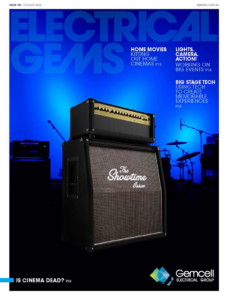
Issue 183
OCT - NOV 2024

Issue 182
AUG - SEPT 2024

Issue 181
JUN - JUL 2024

Issue 180
APR - MAY 2024

Issue 179
FEB - MARCH 2024
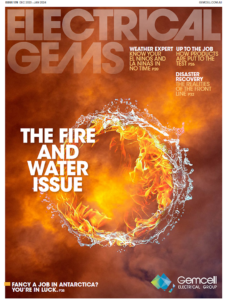
Issue 178
DEC 2023 - JAN 2024

Issue 177
OCT - NOV 2023

Issue 176
AUG - SEPT 2023

Issue 175
JUN - JUL 2023

Issue 174
APR - MAY 2023

Issue 173
FEB - MAR 2023

Issue 172
DEC 2022 - JAN 2023

Issue 171
OCT - NOV 2022

Issue 170
AUG - SEPT 2022

Issue 169
JUN - JUL 2022
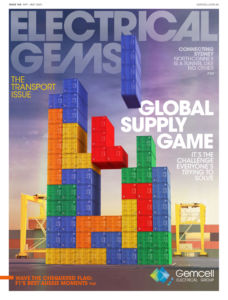
Issue 168
APR - MAY 2022
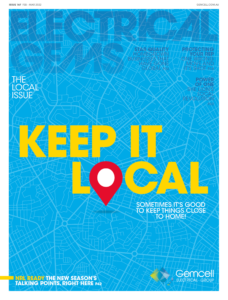
Issue 167
FEB - MAR 2022

Issue 166
DEC 2021 - JAN 2022

Issue 165
OCT - NOV 2021

Issue 164
AUG - SEPT 2021

Issue 163
JUN - JUL 2021

Issue 162
APR - MAY 2021
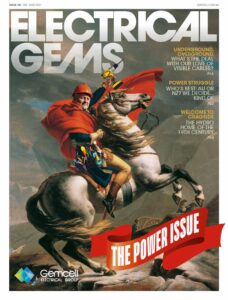
Issue 161
FEB - MAR 2021

Issue 160
DEC 2020 - JAN 2021

Issue 159
OCT - NOV 2020

Issue 158
AUG - SEPT 2020

Issue 157
JUN - JUL 2022
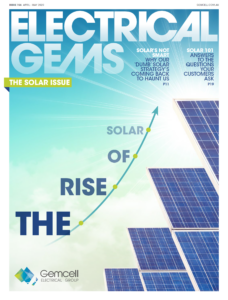
Issue 156
APR - MAY 2020

Issue 155
FEB - MAR 2020

Issue 154
DEC 2019 - JAN 2020

Issue 153
OCT - NOV 2019

Issue 152
AUG - SEPT 2019
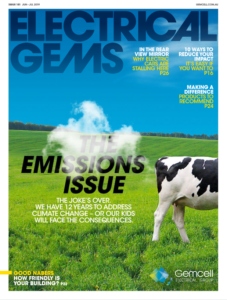
Issue 151
JUN - JUL 2019

Issue 150
APR - MAY 2019

Issue 149
FEB - MAR 2019
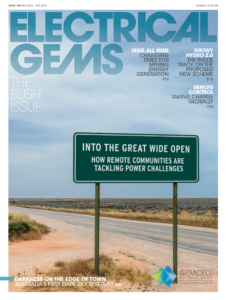
Issue 148
DEC 2018 - JAN 2019

Issue 147
OCT - NOV 2018

Issue 146
AUG - SEPT 2018

Issue 145
JUN - JUL 2018

Issue 144
APR - MAY 2018

Issue 143
FEB - MAR 2018

Issue 142
DEC 2016 - JAN 2017

Issue 141
OCT- NOV 2017
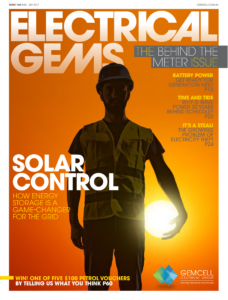
Issue 140
AUG - SEPT 2017

Issue 139
JUN - JUL 2017
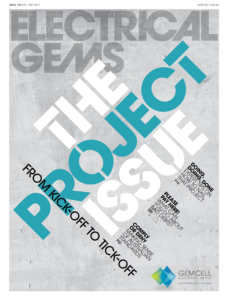
Issue 138
APR - MAY 2017

Issue 137
FEB - MAR 2017
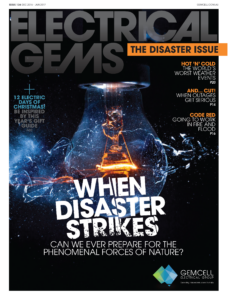
Issue 136
DEC 2016 - JAN 2017
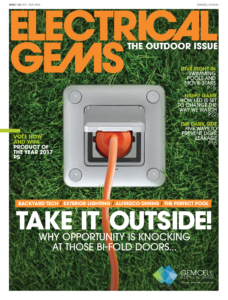
Issue 135
OCT - NOV 2017

Issue 134
AUG - SEPT 2016
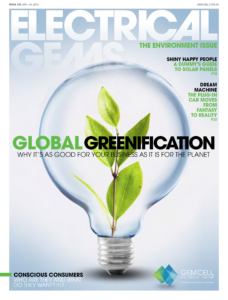
Issue 133
JUN - JUL 2016

Issue 132
APR - MAY 2016
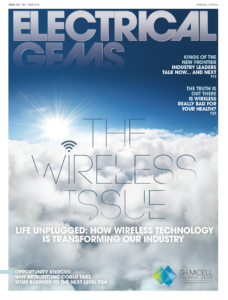
Issue 131
FEB - MAR 2016

Issue 130
DEC 2015 - JAN 2016

Issue 129
OCT - NOV 2015

Issue 128
AUG - SEPT 2015

Issue 127
JUN - JUL 2015
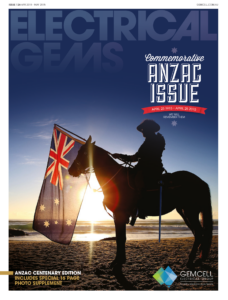
Issue 125
APR - MAY 2015
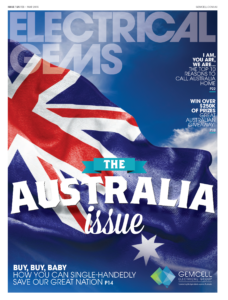
Issue 125
FEB - MAR 2015

Issue 124
DEC 2014 - JAN 2015

Issue 123
OCT - NOV 2014
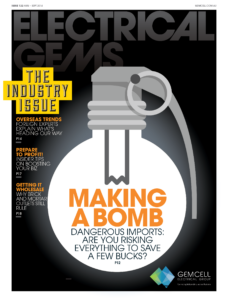
Issue 122
AUG - SEPT 2014

Issue 121
JUN - JUL 2014

Issue 120
APR - MAY 2014

Issue 119
FEB - MAR 2014
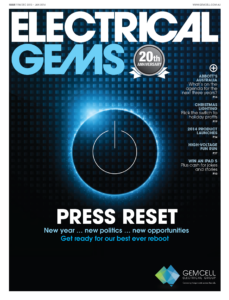
Issue 118
DEC 2013 - JAN 2014

Issue 117
OCT - NOV 2013

Issue 116
AUG - SEPT 2013

Comments (0)
Write a Comment